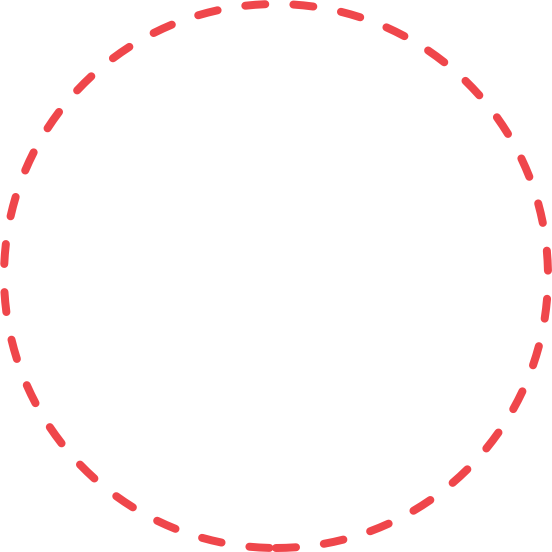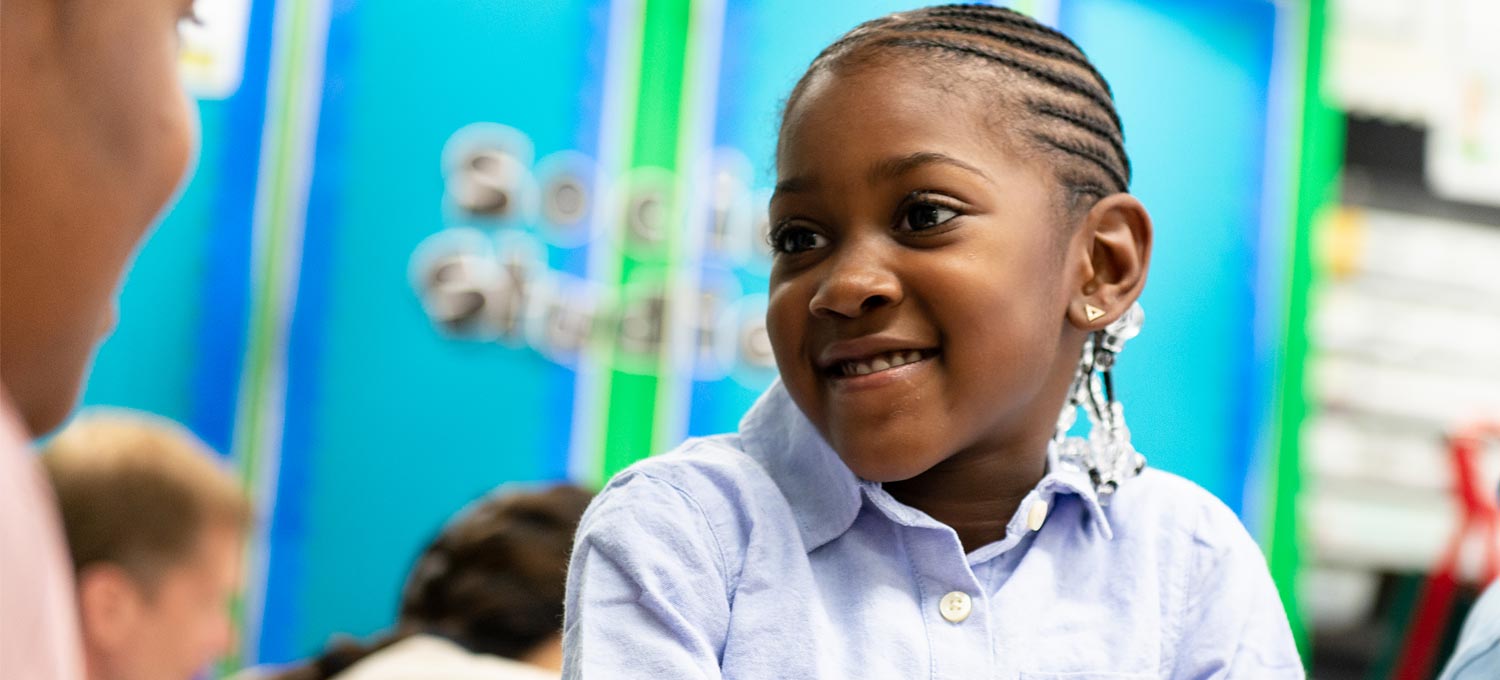Transcend’s Leaps for Equitable, 21st-Century Learning describes the key ways we believe the student experience must change so that schools can prepare all young people to thrive in and transform the world.

These Leaps can help schools move from one-size-fits-all experiences that often leave young people disconnected, bored, or locked in place, to learning that is truly extraordinary for all and responds to the demands and opportunities of the 21st century. At their core, these Leaps seek to reimagine how we educate young people—centering on personal growth and equal opportunity for every child so that all young people not only maximize their own potential but also become equipped to tackle society’s greatest challenges.

Inequitable,
Industrial-Era LearningEquitable,
21st-Century LearningThe Research Behind The Leaps
Transcend’s Leaps for Equitable, 21st-Century Learning are informed by the science of learning and development; equity in education; and contemporary societal, political, economic, and scientific trends.

Designing for Learning Resources
Our Designing for Learning resources aim to summarize what is known about how learning happens in digestible and actionable ways.
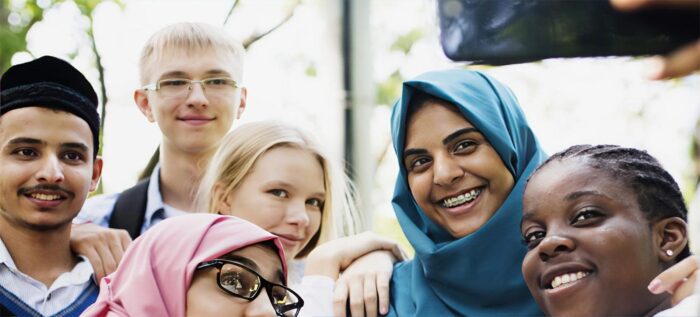
Trend Cards
Our Trend cards will help spark conversation about the implications of contemporary trends for today’s schools.
Resources to Get Started

Leaps Student Voice Survey
Transcend’s Leaps Student Voice Survey is a validated, easy-to-use tool designed to help communities gather evidence on the learner experience, fueling a future where education is equitable and liberating.
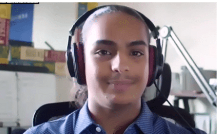
Conversations with Kids
Tools to support educational redesign grounded in the voices of those for whom school matters most — students—as well as insights from communities listening to young people.
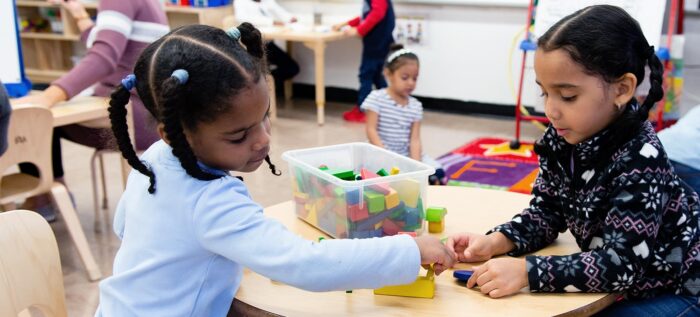
The Innovative Models Exchange
The Innovative Models Exchange is a source for inspiring learning models as well as the resources and supports to help you implement them.
see the leaps in action
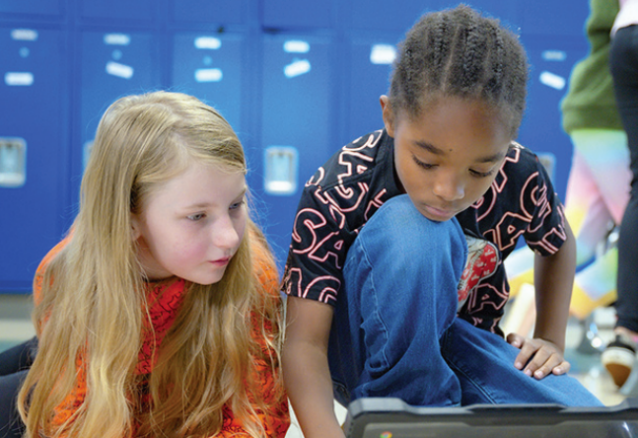
How Akron Public Schools Leverages “Leaps” to Drive Equitable Learning
Akron Public Schools (APS) recently underwent a rigorous process to define a strategic plan and found a planning partner in our Leaps for 21st Century, Equitable Learning.
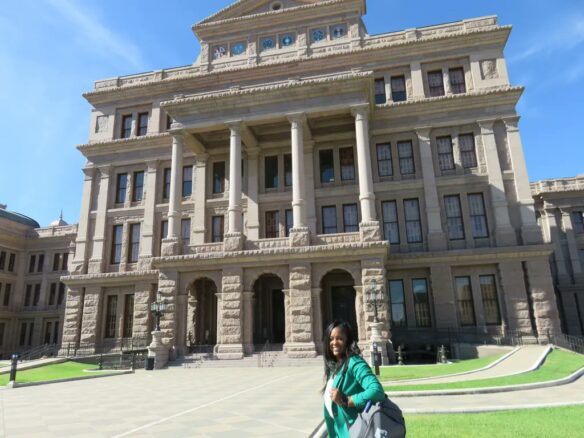
In Texas, Martin Elementary School Helps a Century-Old District Leap into the Future
Education leaders convened the North Beaumont community to reflect on the community’s strengths and growth areas, and helped crystallize a plan for education innovation, guided by the Leaps for Equitable, 21st-Century Learning.

Download All 10 Leaps
Access additional information on why each Leap is critical for equitable, 21st-century learning as well as what it looks like and examples of models embracing the Leap.

